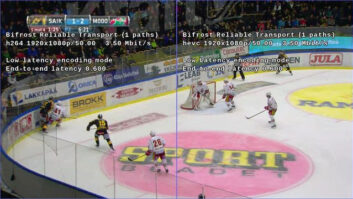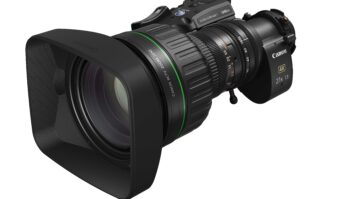The ink is seemingly hardly dry on the H.264/AVC MPEG4 standard yet the engineers are looking down the road at H.265, and a “further 50% saving in bandwidth” says Ralf Schaefer, from Germany’s prestigious R&D company Fraunhofer, reports Chris Forrester.
He told delegates to the HDTV-Technology Challenges panel at IBC that while the labs were looking hard at assorted promising developments including Wavelet technologies, it was likely that H.265 would emerge in five or six years helped by improved processing power at the encoder and set-top box ends of the cycle. However, he also questioned how much extra image quality – and thus processing power – viewers actually needed. He said while broadcasters were seeking realism in transmitted images, the usual challenges of rendering grass, sand, clouds and water would remain.
Phillipe Coppens from Pioneer Europe also pointed out a few unexpected developments. “First, the world is very definitely flat, as far as TV screens are concerned,” he said. “Retailers are delighted with the sell-through of HD Ready sets, which have not only restored a sales margin for them in what was a commodity business, but seems to have generated a trend for consumers to buy larger screen sizes. While the ultimate test is always the human eye, I can say that coming down the line are plasma units where the contrast ratios are measured in tens of thousands to one, getting very close to matching CRT.”







